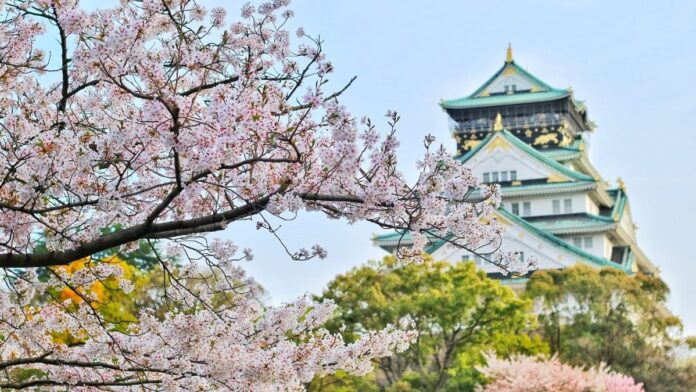Before the pandemic hit the world, Japan was becoming popular among travellers from all around the world, in anticipation of the 2020 Olympics, and it’s sure to continue to be high on many of our lists when we’re able to return. If you are looking for a safe post-COVID trip, Japan is one of the world’s best tourist destinations.
We’ve compiled some jaw-dropping spots to visit, so you can get the most from your travel experience through our list of tourist attractions in Japan.
Walk through the Tateyama Kurobe Alpine Route (+ Snow Corridor) in Nagano

The Tateyama Kurobe Alpine Route is a unique and spectacular route through the Northern Japan Alps. Completed in 1971, the route connects Toyama City in Toyama Prefecture with Omachi Town in Nagano Prefecture.
READ MORE: Don’t forget to check out our free Japan travel guide now
The main attraction of the Tateyama Kurobe Alpine Route is the magnificent scenery of the Tateyama Mountain Range, part of the Chubu Sangaku National Park. In spring, accumulated snow, especially around the upper sections of Midagahara and Murodo, form a majestic snow corridor whose snow walls reach up to 20 meters high. A section of the snow corridor around Murodo is open to pedestrians usually from mid-April to late June.
Nagano also has a lot of other amazing things to see and do, like the Zenkoji Temple and Togakushi Shrine Okusha according to the Nagano City official travel guide.
Relax in the Kagaya Onsen in Kanazawa
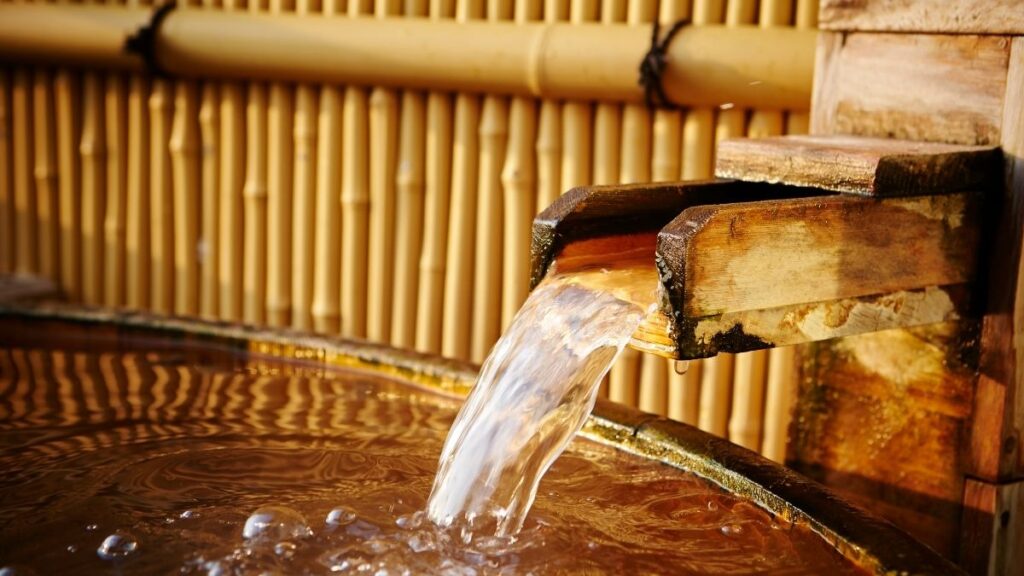
One of Japan’s most iconic wellness attractions, the onsen (or hot spring), is naturally enriched with vitamins and minerals from subterranean volcanic activity beneath the archipelago. Kagaya has been rated the best ryokan (traditional guesthouse) in Japan for more than 30 years. You can see why – this luxury hot spring resort is right on Nanao Bay (the coast).
Your jaw will drop at the views of the sea stretching out from the window. Successive generations of proprietresses, called Okami, hands down their knowledge and skills to ryokan staff to ensure guests have a wonderful stay.
According to the Kanazawa City Tourism Association, the city is also a great place to see the Samurai culture, which was a huge part of the city’s history. It is one of the most underrated tourist attractions in Japan.
Walk among the cherry blossoms at Kanazawa Castle in Kanazawa
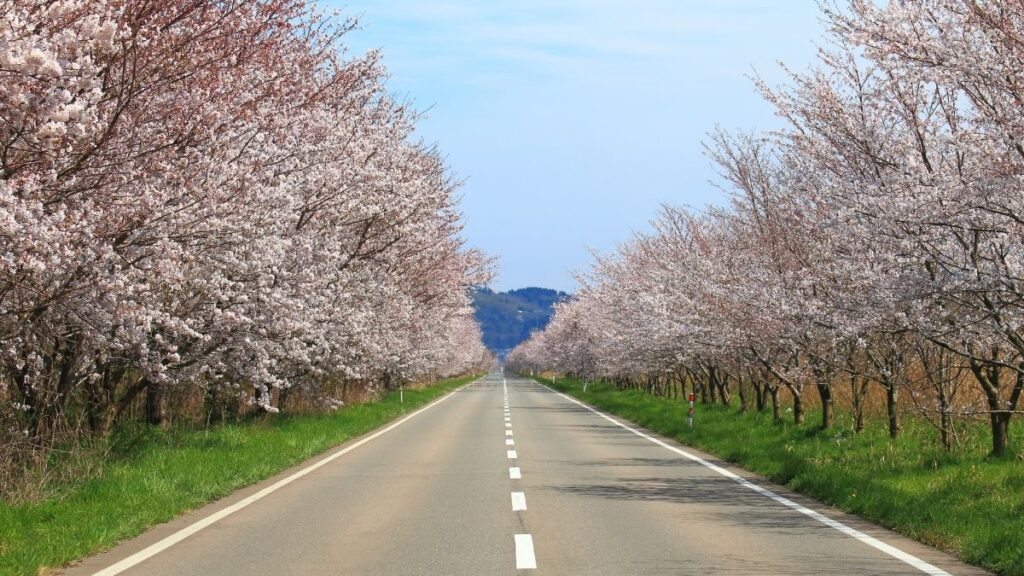
You don’t have to leave the city to see the next place on our list. Kanazawa, with its fantastic gardens and green spaces, is the perfect place for enjoying Japan’s famous cherry blossoms. The blossoms usually bloom in the last week of March and the first two weeks of April. When they bloom, almost all the trees come into full bloom at the same time and stay that way for a week or more. In some places, the sakura blooming season offers the most magnificent views.
Kanazawa Castle is a perfect spot for viewing the cherry blossoms. There are about 400 cherry trees on the castle grounds and at the peak of the season, you can expect all of them to be blooming.
Visit the Arashiyama Bamboo Grove in Kyoto
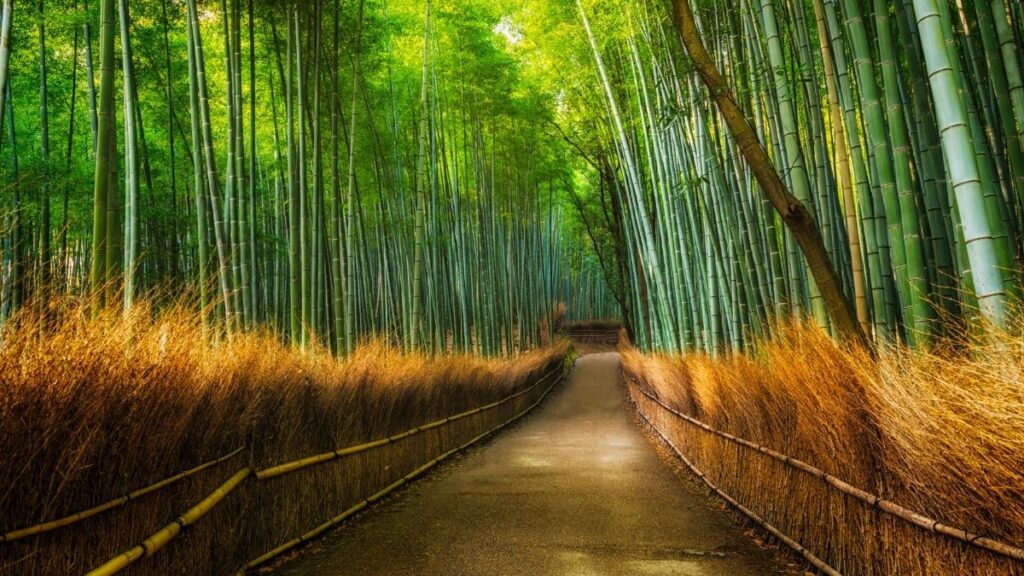
Located about 7km west of downtown Kyoto, Arashiyama is one of Kyoto’s most popular sightseeing districts. The heart of the district is the Arashiyama Bamboo Grove, a mesmerizing grove of thousands of tall bamboo plants. A paved walkway runs through the middle of both sections, forming the famous “Bamboo Alley,” one of Kyoto’s most photographed sights.
Kyoto also has some of the most amazing tourist attractions in Japan like Nishiki Market or the Kyoto Imperial Palace.
Experience the Itsukushima Shrine or Giant Torii Gate in Miyajima
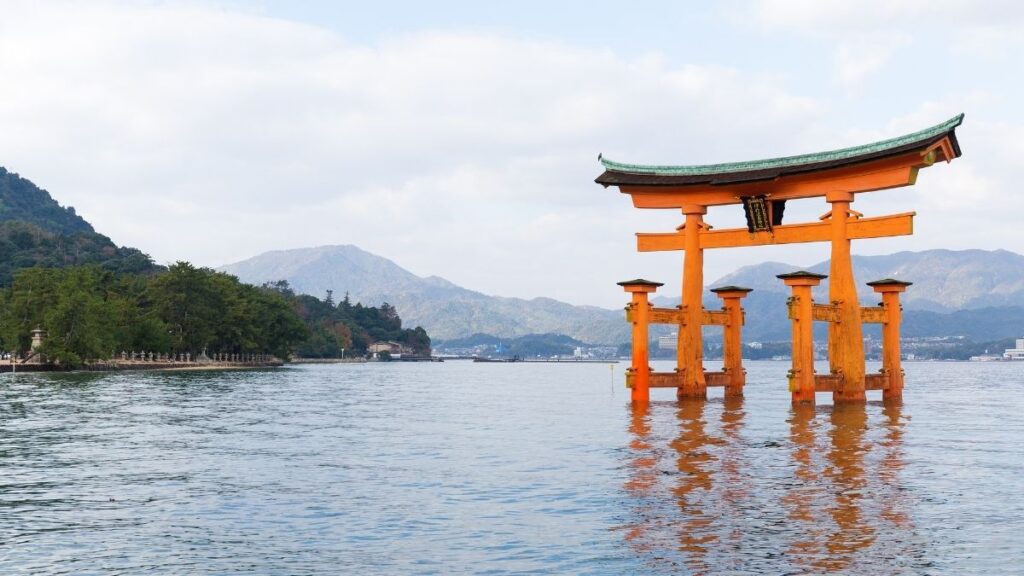
Miyajima is a small island less than an hour outside the city of Hiroshima. It is most famous for its giant torii gate, which at high tide seems to float on the water. The sight is ranked as one of Japan’s three best views. While officially named Itsukushima, the island is more commonly referred to as Miyajima, Japanese for ‘shrine island’. This is because the island is so closely related to its key shrine, Itsukushima Shrine, in the public’s mind.
Like the torii gate, the shrine’s main buildings are built over water. Like many Shinto centres of worship, the shrine sits at the base of Mount Misen that dominates the island and is dedicated to the daughters of Susanoo-no-Mikoto, the god of the seas and the storms. The initial shrine on Itsukushima dates to the 6th century although the current complex has its roots in the buildings developed by the warlord Taira no Kiyamori in the 12th century.
We’ve added an extra one that is a bit different but is a fun place to see below.
Enjoy Yayoi Kusama’s spotted pumpkin in Naoshima
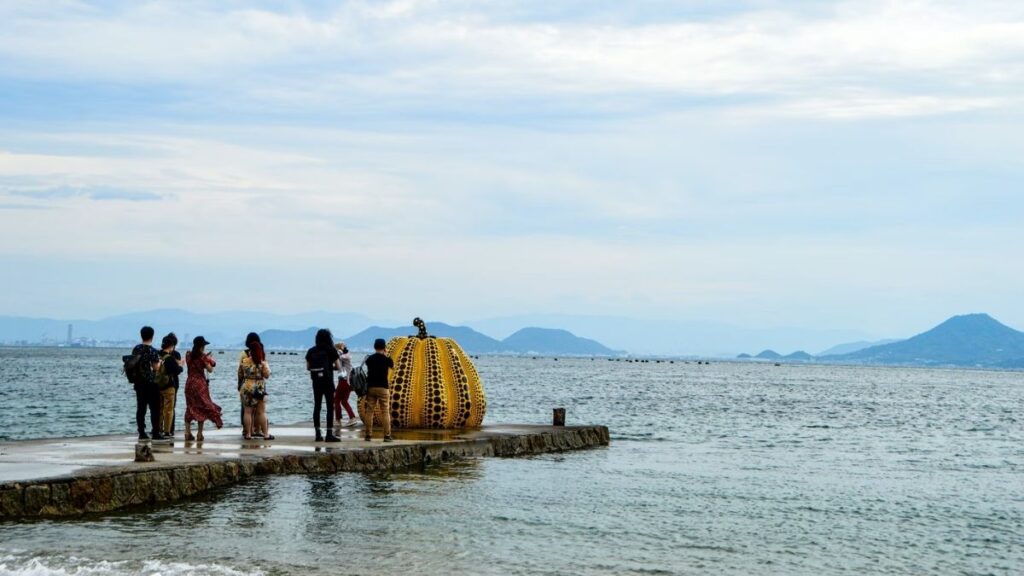
Naoshima is Japan’s island dedicated to contemporary art. Here you will find revered Japanese artist Yayoi Kusama’s spotted pumpkin. The sculpture, a giant black and yellow polka-dotted pumpkin by the celebrated artist Yayoi Kusama has stood at the end of a pier on the “art island” of Naoshima in the Seto inland sea since 1994.

